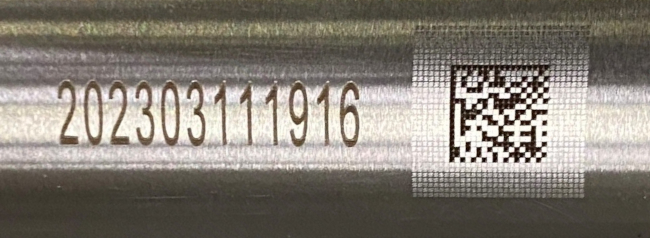DPM codes as a key element of modern industry

What are DPM codes and why are they important?
DPM can be translated into English as Direct Part Marking, but you will usually see the abbreviation DPM (Direct Part Marking). DPM is one of the codes that can be read by a code reader, just like a barcode, QR code or EAN. But the truth is that not every reader can do this.
It's used when you want a code on a product but it's not convenient to stick a label on it - for example, because it's mythe space to handle the label is too small, or the properties of the product would change, such as with gauges or weights. Another reason for using DPM is when the product is exposed to aggressive chemicals, high temperatures or abrasion. In these cases, the code is applied directly to the product.
How are DPM codes applied?
There are several ways to apply the code to the surface. If you are printing on plastic, you can use inkjet or pad printing. More often, however, you'll see the code on metal that will be laser-baked, needle-punched or tipped, or electrochemically etched or polished.
What kind of reader can read these codes?
The surface on which the DPM is on may be glossy, rough or low contrast. Therefore, a reader that can shine a light is needed. The best DPM readers use multiple colors of illumination, not just white, but also red, blue or green. This allows them to achieve the desired contrast and can read even very difficult codes.
Another key feature is the quality of the optics - DPM codes are often very small, for example, you can find codes as small as 3×3 mm on printed circuit boards in electronics. The last important feature is an advanced algorithm that can analyse a rapid sequence of many images and select the one that is readable.
Recommended DPM code readers:
If you are looking for a suitable reader that can handle DPM codes, we recommend the following models:
- Cipherlab 2564 Wireless Reader - Ideal for flexible use due to its wireless technology and excellent performance.
- Honeywell Granit XP 1990iSR Industrial Reader - An industrial reader with a rugged design and the ability to read codes from rough surfaces.
- Zebra DS3608-DP Industrial Reader - A reliable reader for demanding industrial environments with exceptional accuracy and speed.
When a DPM reader isn't enough
Reading not only code, but also embossed text or numbers can be even more challenging. Even a conventional DPM reader may not be able to do this anymore - depending on the OCR (optical character recognition) model and the fonts supported. If you have non-standard requirements, consider using intelligent machine vision cameras, which offer wider customisation options.
And if you're not sure which reader is right for you, don't hesitate to contact our sales department or fill out the contact form and a salesperson will get back to you.





